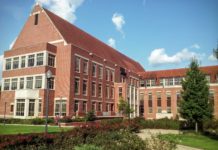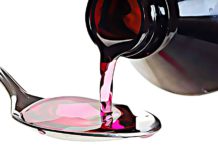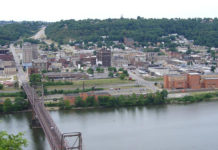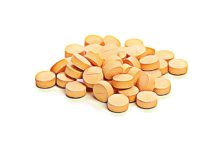Drug rehab is a therapeutic process of mental or medical treatment for dependence on psychoactive drugs like alcohol, marijuana, prescription medicines, and illegal drugs such as cocaine, heroin, or amphetamines. The main goal of drug rehabilitation is to get patients on the path of recovery and improve their health. This is done by providing medication treatments that are intended to help the patient control cravings or overcome addictions. The most common medications used for drug rehabilitation are benzodiazepines, which include alprazolam, lorazepam and diazepam. These medicines are prescribed to reduce the physical effects of addiction, such as withdrawal symptoms.
Because drugs usually cause physical dependence, their withdrawal symptoms can cause serious medical problems. Most patients who have been dependent on psychostimulants (such as Adderall and Concerta) and antidepressants (such as Celexa) can also experience withdrawal symptoms. Patients who use psychostimulants (such as Ritalin) may experience headaches, insomnia, irritability, loss of appetite, nervousness and restlessness. Patients who take antidepressants may experience moodiness, difficulty falling asleep, nausea and vomiting. Patients who use cocaine regularly may experience agitation, anxiety, paranoia and hallucinations.
Drugs that are used as “tranquilizers” include amitriptyline and clonidine. These medications, especially when taken with benzodiazepines, can cause serious side effects. Some patients can suffer from severe anxiety and even seizures while taking tranquilizers, especially if taken for extended periods. For patients suffering from addictions to alcohol and tobacco, counseling and medical support can help the patients maintain sobriety and prevent relapse. Drug rehab programs have become popular in recent years because they have shown promising results for many patients. In addition, there are a variety of other programs available for patients with addictions to drugs.











